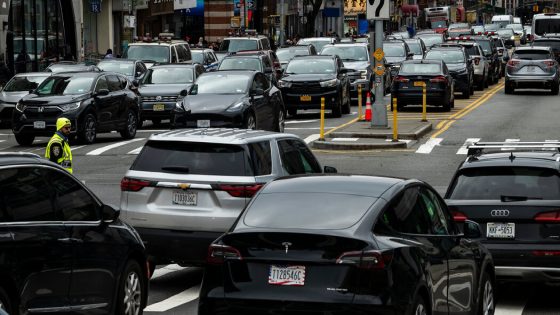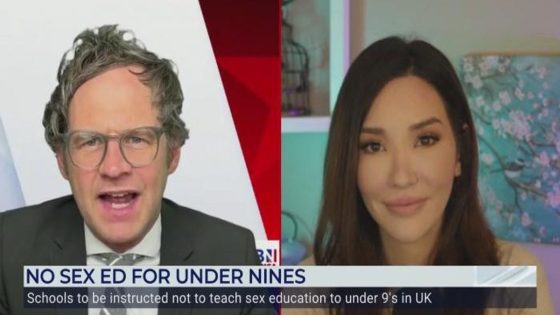Who Will Pay: Most cars, trucks and taxi and Uber riders.
Nearly all the toll readers have been installed, and will automatically charge drivers for entering the designated congestion zone at 60th Street or below. There is no toll for leaving the zone or driving around in it. Through traffic on the Franklin D. Roosevelt Drive and the West Side Highway will not be tolled.
Under the final tolling structure, which was based on recommendations by an independent advisory panel, most passenger vehicles will be charged $15 a day from 5 a.m. to 9 p.m. on weekdays, and from 9 a.m. to 9 p.m. on weekends. The toll will be $24 for small trucks and charter buses, and will rise to $36 for large trucks and tour buses. It will be $7.50 for motorcycles.
Those tolls will be discounted by 75 percent at night, dropping the cost for a passenger vehicle to $3.75.
Fares will go up by $1.25 for taxis and black car services, and by $2.50 for Uber and Lyft. Passengers will be responsible for paying the new fees, and they will be added to every ride that begins, ends or occurs within the congestion zone. There will be no nighttime discounts. (The new fees come on top of an existing congestion surcharge that was imposed on for-hire vehicles in 2019.)
Who Gets an Exemption: Emergency vehicles, garbage trucks and school buses.
Emergency vehicles like fire trucks, ambulances and police cars, as well as vehicles carrying people with disabilities, were exempted from the new tolls under the state’s congestion pricing legislation.
The final tolling program also includes exemptions for school buses with a contract with the city’s Department of Education and fewer than 5,000 specialized government vehicles, including garbage trucks and some city-owned vehicles used for work like sanitation inspections in the congestion zone (vehicles assigned to agency commissioners and elected officials are not exempt). M.T.A. and city officials will have to agree on which vehicles qualify.
Commuter, intercity and regional buses with scheduled services for the public — including those operated by Greyhound, Megabus and the Hampton Jitney — will be exempt. Commuter vans licensed by the Taxi and Limousine Commission will also be exempt.
As for discounts, low-income drivers who make less than $50,000 annually can apply to receive half off the daytime toll after their first 10 trips in a calendar month. In addition, low-income residents of the congestion zone who make less than $60,000 a year can apply for a state tax credit.
All drivers entering the zone directly from four tolled tunnels — the Lincoln, Holland, Hugh L. Carey and Queens-Midtown — will receive a “crossing credit” that will be applied against the daytime toll. The credit will be $5 round-trip for passenger vehicles, $12 for small trucks and intercity and charter buses, $20 for large trucks and tour buses, and $2.50 for motorcycles. No credits will be offered at night.
What Happens Next: Congestion pricing faces legal battles.
The final tolling program is being reviewed by the Federal Highway Administration, which is expected to approve it. But the program could still be blocked or upended at the last-minute by federal courts in New York and New Jersey.
A hearing is scheduled for April 3 and 4 on a lawsuit brought by the State of New Jersey, which is seen as the most serious legal challenge. The mayor of Fort Lee, N.J., Mark J. Sokolich, has filed a related lawsuit.
Three more lawsuits have been brought in New York: by Vito Fossella, the Staten Island borough president, and the United Federation of Teachers; and by two groups of city residents.
Congestion pricing opponents have cited the cost of the tolls as well as the potential environmental effect of shifting traffic and pollution to other areas as drivers avoid them.
Amid the litigation, M.T.A. officials have suspended some capital construction projects that were to be paid for by the program, and they said at a committee meeting on Monday that crucial work to modernize subway signals on the A and C lines had been delayed.
Source Agencies



